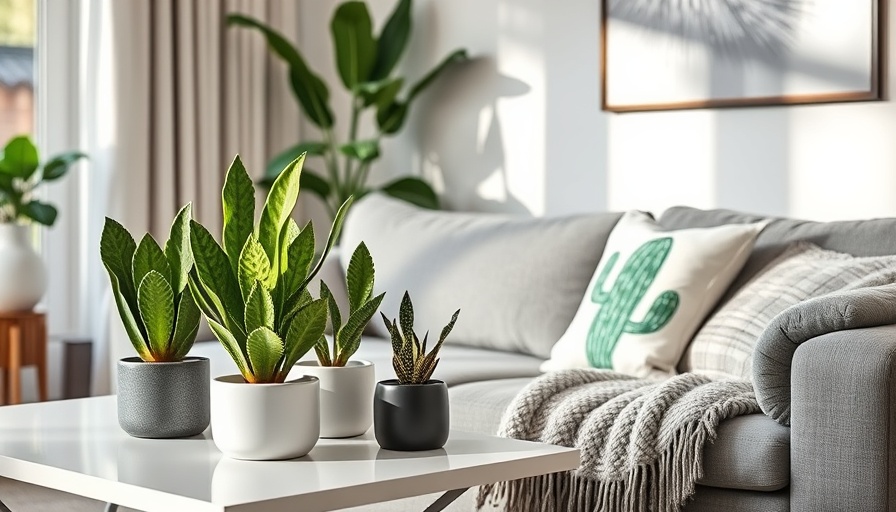
Your Home Is More Than Just a Roof Over Your Head
Your home is a personal sanctuary, a space that transcends mere functionality; it reflects your personality, preferences, and even your aspirations. Just like a well-curated social media profile, the way you style and maintain your home can send clear signals to others about who you are. When it comes to the world of aesthetics and beauty, particularly in the plastic surgery arena, knowing how to craft your home into a nurturing environment can enhance not only your physical appearance but your emotional well-being as well.
First Impressions Matter—Even Indoors
Step into a person’s home and you often get an immediate feel for the owner’s style. Is it a cluttered chaos or a serene haven? For plastic surgery professionals, this can hold important implications. A well-organized entryway can convey an air of calm and professionalism. Think of the entryway as your personal branding—first impressions are everything, whether you’re meeting a patient or inviting a friend over.
Simple touches can transform the space: consider using a stylish tray for keys, adding a welcoming plant, or incorporating art pieces that inspire you. Each of these elements makes a statement about your values without uttering a word.
Your Possessions Speak Volumes
Every item in your home plays a part in telling your story. Clutter can inadvertently convey a sense of being overwhelmed, which may not be the most desirable impression for someone in the beauty and wellness field.
Instead, choose to curate your surroundings. Surround yourself with items that spark joy and represent you authentically—whether that means selecting unique art pieces or practical yet stylish décor that resonates with your brand. Remember, your home is a reflection of your inner beauty and care for your well-being.
Clean Spaces for Calm Minds
In the plastic surgery trend, the importance of cleanliness can’t be overstated. A clean home projects an image of someone who values their space and well-being. It doesn’t require an obsessive cleaning regimen but rather a commitment to maintaining a harmonious living space.
If cleaning feels overwhelming, consider enlisting professional help. In cities like Seattle, services such as Seattle Green Cleaning Fairy offer eco-conscious options that ensure both cleanliness and carbon footprint reduction, reflecting values of sustainability—one of the qualities modern clients appreciate.
Creating the Right Mood for Every Room
Each room in your home serves a different purpose and should echo its function. Your bedroom should be a sanctuary, while your kitchen invites culinary creativity. Living rooms act as canvas spaces where stories are made. For plastic surgery doctors, each room can enhance self-care practices that eventually reflect in their professional lives.
Consider making small adjustments with color, textures, and furniture layout to align a room’s vibe with your mood. State your character not just through visible elements but in the emotional tone they create.
Keep It Fresh—Evolve With Your Space
As time passes, both you and your home will naturally evolve. A space that felt perfect five years ago may no longer resonate with who you are now. Regularly reassessing and refreshing your environment can lead to a renewed sense of self. Just like plastic surgery, this evolution is about helping you feel more like the best version of yourself.
Schedule seasonal refreshes, swap out decorative pillows or even just rearrange furniture. Continuously evaluate if your home reflects the current you—if it doesn’t, embrace the change. Donate or discard what no longer serves you; this will yield a lighter environment conducive to creativity and personal expression.
Crafting a Beautifully Individualized Sanctuary
Your home should be a place where you feel at ease and inspired, a physical manifestation of your identity and aspirations. Especially in fields like plastic surgery, where perceptions often drive success, establishing a nurturing personal environment can enhance your outside appearance mirrored in your living space.
By taking small, deliberate steps toward curating your home, you invest in your own well-being and communicate an image consistent with your brand—an image rooted in authenticity, beauty, and openness.
As you reflect on the alignment between your home and your professional life, consider the importance of self-care and embodying the aesthetic standards you promote in your practice. Keeping your space fresh, clean, and a rewarding environment will foster both personal and professional growth. Remember, your surroundings are not just a backdrop; they are an extension of the beauty within.
 Add Row
Add Row  Add
Add 




Write A Comment